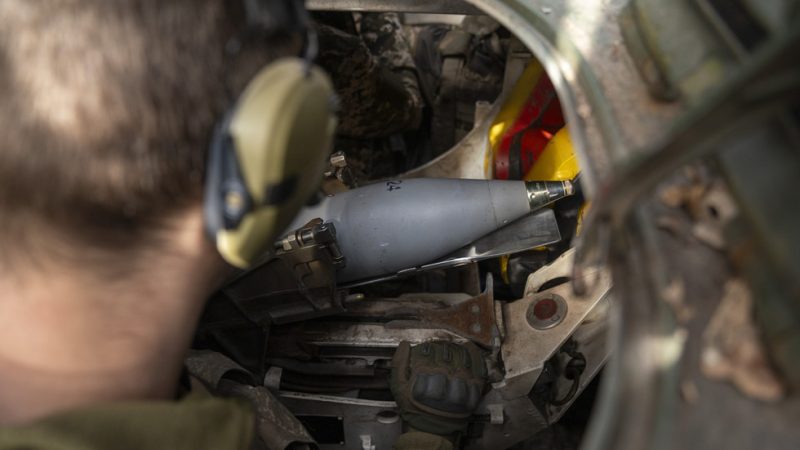
The much-anticipated Easter truce in Ukraine has reportedly collapsed, with accusations flying between Kyiv and Moscow. The Russian Foreign Ministry claims that Ukrainian forces violated the ceasefire, launching attacks with US-supplied HIMARS rocket systems. This directly contradicts Ukraine’s assertions of adhering to the temporary halt in hostilities, prompting further questions about the future of peace negotiations and the ongoing conflict.
The 30-hour truce, intended to allow for religious observance during the Orthodox Easter holiday, was announced by Moscow. However, reports from both sides suggest that fighting continued throughout the period. The Russian Ministry’s statement explicitly accuses Ukraine of not only failing to hold its end of the bargain but of actively attacking Russian positions. Specific details regarding the alleged HIMARS strikes, including locations and casualties, remain scarce and independently verifiable information is currently limited.
This latest escalation casts a long shadow over the prospects for future ceasefires. The lack of trust between both sides, evident in the conflicting accounts of the Easter truce, highlights the significant challenges in achieving any meaningful diplomatic resolution to the conflict. The ongoing fighting underscores the deep divisions and the difficulty in establishing even temporary periods of peace amidst the intensity of the war.
Independent verification of the conflicting claims remains crucial. International observers are vital in assessing the situation and determining the extent to which each side adhered to the terms of the proposed truce. Until such verification is available, the accusations and counter-accusations will continue to fuel the already volatile situation, leaving the hope for a lasting peace hanging precariously in the balance.
The failure of the Easter truce raises serious questions about the viability of future attempts at de-escalation. The international community will be watching closely to see how this latest development impacts ongoing peace efforts and the overall trajectory of the conflict.










